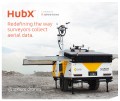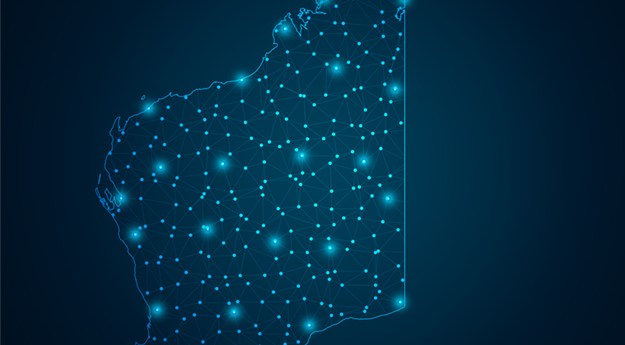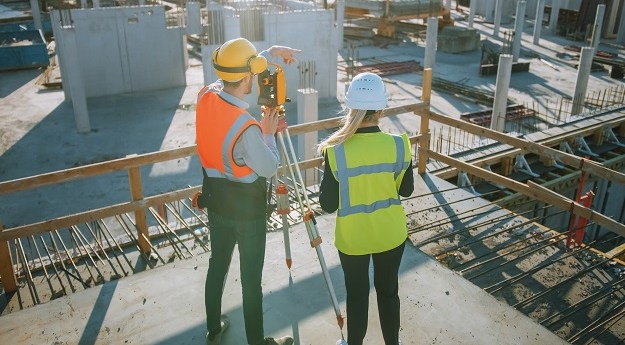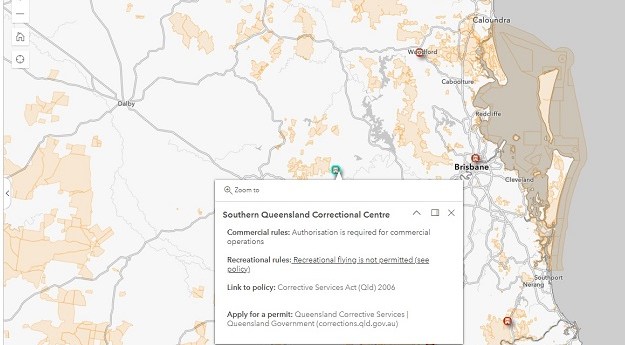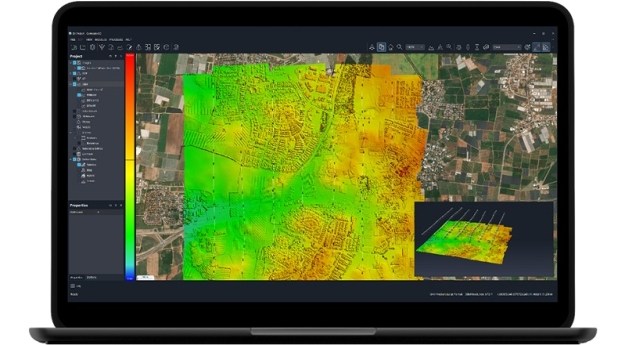
Digital Twin for Design – Taylors Reality Model of Melbourne Arts Centre precinct realm
For the past ten years Taylors has pioneered innovative spatial techniques on major projects. Their investment in technology including Indoor Mobile Mapping, Mobile Laser Scanning, Drones, Terrestrial Laser Scanning, 3D Modelling, BIM and Virtual and Augmented Reality has enabled them to create innovative solutions that are disrupting the industry.
As the Urban Development and Infrastructure industries move towards a digital future focused on connectivity, accessibility, IoT, and Smart Cities, Taylors is creating and providing the solutions that will make this a reality.
Taylors General Manager for the Infrastructure team Anthony Emmerson says Taylors realised early on that addressing these challenges would require a solutions-focused approach incorporating the latest in survey and geospatial technology.
“We knew that this type of reality modelling would be the next frontier in spatial data,” he says. “We identified that a number of years ago and made an effort to be early adopters of it.”
Taylors is committed to paving the way for this technology to become widespread, with Managing Director Richard Cirillo adding a new stream to the business which will focus on producing its own technology and software.

Digital Twin for Asset Recording & Maintenance – Taylors Reality Model Melbourne CBD
“Richard is envisioning what the industry will look like in 10 years and pushing the company to grow in that direction and stay ahead of the trends,” says Mr Emmerson.
“Taylors new technology will allow clients to effectively step into building plans, walk around and see exactly what a project will look like once it’s completed,” Mr Emmerson says. “Not only that, but we’re developing software that will allow designs to be altered in real time. If a client wants to see what the neighbourhood looks like with more trees or a wider road we’ll be able to push a few buttons and change the plans instantly.”
Mr. Emmerson says the key difference between the software at Taylors and other virtual reality technologies is the accuracy and authenticity Taylors can produce.
“Taylors incorporates the latest in geospatial technology, photogrammetry, reality capture and reality modelling to produce a Digital Twin, creating models that are accurate recreations of real locations. These realistic conditions bridge the gap between theory and practice. This is what it means to reproduce reality, and it has the potential to change the way the industry works”.
“There are a number of virtual reality companies and many urban design firms, who specialise in certain aspects of this offering. However, Taylors is trying to create the full package, where clients can not only visualise the project but also interact with, and alter designs in real time.”
Taylors Digital Twin in action
Recently, Taylors demonstrated the accuracy and applications of their unique Digital Twin system with the Melbourne Arts Precinct Realm (MAPR) Project. This is a bold proposal focused on the enhancement and expansion of creative spaces in Melbourne’s Southbank area.
This project is closely aligned with the Victorian Digital Assets Strategy, an innovative new scheme for managing asset information and elements critical in planning, delivering, operating and maintaining Victoria’s critical state infrastructure. So rather than a traditional feature survey producing 2D CAD plans, Development Victoria (DV) made the decision to transition to a far more contemporary solution utilising 3D digital workflows.
“At Taylors we knew that our access to world-leading, geospatial technology could evolve to be shared with the broader community. We want to bring lasting, memorable AR experiences to life for all to see” Taylors’ Managing Director, Richard Cirillo.
The brief from the client included a diverse range of project objectives based on digital enablement. Taylors were engaged to deliver an innovative digital spatial solution to assist in the documentation, maintenance and redevelopment of this culturally significant area.
In order to satisfy the broad range of use cases for the spatial data, Taylors employed an unprecedented range of technologies with each selected as being the most appropriate for the application.
Taylors’ unique multidisciplinary team, which includes Japanese partner Kimoto, was able to provide the necessary technical skills in-house including terrestrial laser scanning, indoor and outdoor mobile laser scanning, advanced aerial photogrammetry, 3D modelling from point clouds, and effective data visualisation. Taylors offered a high degree of spatial consulting to the wider project team, ensuring that the benefits of each varied dataset were fully realised by both spatial and non-spatial professionals.
The primary challenge was combining multiple datasets into a single cohesive 3D environment. Taylors established a robust control network that could be adapted to suit the various surveying techniques used on the project. This required a high level of technical expertise, together with a strategic approach and reliance of surveying fundamentals such as working from “the whole to the part”.

Digital Twin for Augmented Reality – Taylors Reality Model on Project Plan
Furthermore, Taylors generated a viewer platform that would allow clients to load and view mass data sets within a standard web browser. All datasets that comprise the Digital Twin, including the imagery and point cloud files, can then be accessed by multiple users. Consequently, this can then be incorporated into existing design and asset management workflows.
The web viewer also has additional functionality including a walkthrough function allowing easy and intuitive navigation between images. This function is particularly useful for conducting virtual tours of the facility whilst offsite. Also, multiple windows can be opened concurrently, allowing imagery from different locations to be compared in real-time. The point cloud is interlaced with this imagery to allow the user to take accurate measurements within their web browser.
From Taylors own extensive experience, we know that the functionality provided by this solution is critical to the modelling and design process.
Making Digital Twin the industry standard
Once the Reality Models are finalized and added to the Taylors application, clients are then able to access dynamic and precise Reality Models. All stakeholders, regardless of knowledge or expertise, are able to view any part of the model, on demand, simply by pointing and clicking on the asset to be examined.
Augmented and Virtual Reality technologies are free from the limitations of existing design techniques and provide an immersive and surreal experience for clients. Current representations of the built environment utilise either two dimensional plans, sections and elevations or three dimensional perspectives and models. The limitation of these types of representations is that viewers are always positioned outside the representation, remaining spectators rather than participants.
“In 10 years, the use of Digital Twin, Reality Modelling, AR, VR and XR in the Urban Development and Infrastructure industries will be the norm for documentation, design and engagement. Once people have the opportunity to experience how effective this technology is and see the tangible outcomes that can be achieved, it will become standard across our industry.” Mr. Cirillo says.
Taylors is committed to expanding access to this kind of game-changing technology. In September, Taylors will take this innovative technology mainstream when their incubator App AuraVista AR, available only at the Melbourne Fringe Festival.
AuraVista AR is a cloud-based augmented reality platform, accessible via a downloadable smartphone app. From September 12th to September 29th, the more than 50,000 visitors to the festival will be able use the app to experience UNITY! a collaboration with artist Richard Payne and composer Probir Dutt.
“At Taylors we knew that our access to world-leading, geospatial technology could evolve to be shared with the broader community. We want to bring lasting, memorable AR experiences to life for all to see,” said Mr. Cirillo
But you don’t need to wait to experience this industry changing technology. You can experience it for yourself right now, as the front cover of this magazine has been AR enabled by Taylors. Simply download the Taylors Augmented Reality App from your app store or scan the QR Code below.
Information provided by Taylors.

Download the Taylors Augmented Reality App



